Anyway, here is my list. Some of you might be able to relate to some of these items. I was using my CG-5 Equatorial mount with my 8" Celestron and the SkyRaider DSc camera. Let me say up front that none of the problems were due to the equipment. It was strictly pilot cockpit error on my part.
1. I started my StarSense AutoAlign, and immediately saw the message “Too few stars” after the first acquired image. I looked up. Yep, the stars were still there. Then I realized I forgot to take the lens cap off the StarSense camera. Duh.
2. I took the lens cap off the StarSense, slewed to Home Position and started an AutoAlign again. Part way through I noticed something looked odd at my video finder scope. The MC Micro that was supposed to be in the 50mm finder scope was not there. It was swinging back and forth on its cable from the strain release!! I stopped the alignment and inspected the Micro. It had not hit anything and fortunately was OK. Evidently I didn't tighten the screws down quite enough after focusing it earlier in the week and somehow it had worked itself loose. As I was putting it back into the finder scope I made a mental note to do a quick check of all screws, etc. at the beginning of each evening.
3. So I slewed back to Home Position and started my AutoAlign again! As it went through its paces, I noticed the mount seemed to be moving very slowly at times and the alignment failed. This was really odd. The StarSense was seeing plenty of stars. Then it hit me what was wrong. I had initially set up my CG-5 mount and 8" telescope with the MallinCam X2 early in the week. This night I swapped the X2 out with my SkyRaider DSc. The X2 plus its fans and cables put more weight on the mount than the DSc camera with its single USB cable. So I checked and found my setup was out of balance and it put a real strain on some of the slews. I stopped, adjusted my weights, and moved my telescope position a little on the mount until all was balanced properly for the DSc camera, and was ready to try again.
4. So I went back to Home Position and started my AutoAlign yet again. It finished OK like it almost always does, so I selected Polar Align on the hand controller to check how much Polar Align error it indicated. The first night I had used my polar scope to do a rough polar align, then did an AutoAlign followed by a StarSense Polar Align to fine tune my equatorial mount's Polar Align position. At the end of each night I went back to home and selected Hibernate on my CG-5 mount. At the beginning of an evening I just turned it on and accepted the prompt to take it out of hibernate mode and was ready to go. Now you might be wondering why I just didn't take it out of hibernate mode for this last night. I wanted to do a new AutoAlign to see just how good my Polar Align remained at the end of the week. So that's why I was performing a new Alignment, and why I afterwards selected Polar Align to check if the amount of error shown was OK for the short exposure times I was using for Video Astronomy - mostly 10-30 seconds. I was pleased to find it was good and I didn't need to perform another Polar Align. Yay! And I pressed Enter ... instead of Back. Pressing Enter started performing another Polar Align! I didn't need or want to do that at this point, so I pressed one of the arrow buttons and the back button trying to stop it. I managed to stop it all right ... and lost the alignment. Arg.
Like I said, I was kinda tired and not paying attention as I should.
5. There had been clouds at Sunset, then it cleared and we had about a 2 hour window of good viewing. I thought about giving up at this point, but this was my last night. So, yes, I started another AutoAlign. I got another good alignment and was ready to start viewing. I checked out a couple of targets and after some slight image adjustments was pleased with the images I was getting. I tried some additional adjustments and the image became unexpectedly poorer. I had been using the DSc on my 5" Celestron earlier in the week and was pleased with the results. But the images I began to see now looked washed out. I tried some more adjustments that seemed to help, then it got worse again. I did this for a while before I realized what the problem was. I looked up ... and clouds had begun to move back in again! The good viewing nights this week had been clear all evening - no clouds to worry about. But I knew about the prediction of clouds coming back in and should have been watching for changing conditions. I am usually good at persevering and working past problems I run into. But the better part of wisdom is knowing when to quit as well. The clouds were only going to get worse.
I really had a great week of viewing at ECVAR, and decided to not let this evening's adventures spoil it for me. Live and Learn. So I quit for the evening, and as I got ready for bed I thought about all the amazing things I was able to see earlier this week under sky conditions I never see back home!














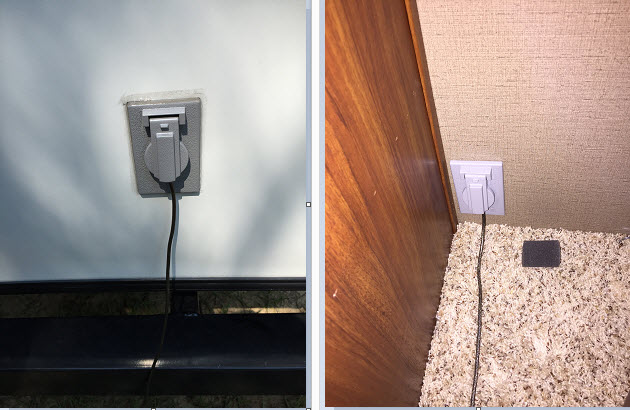
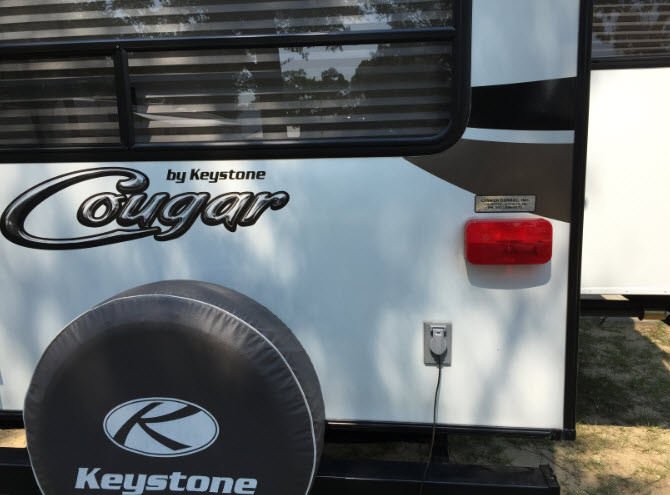
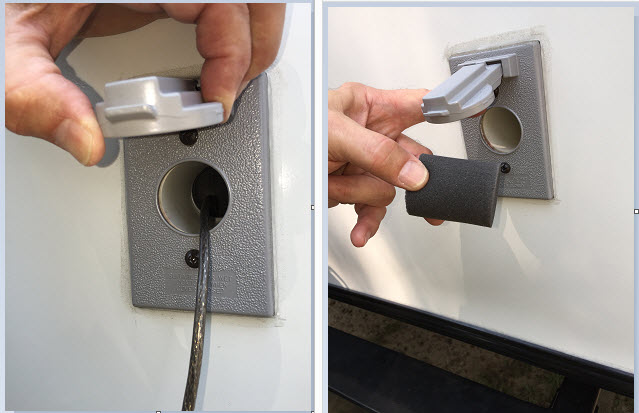
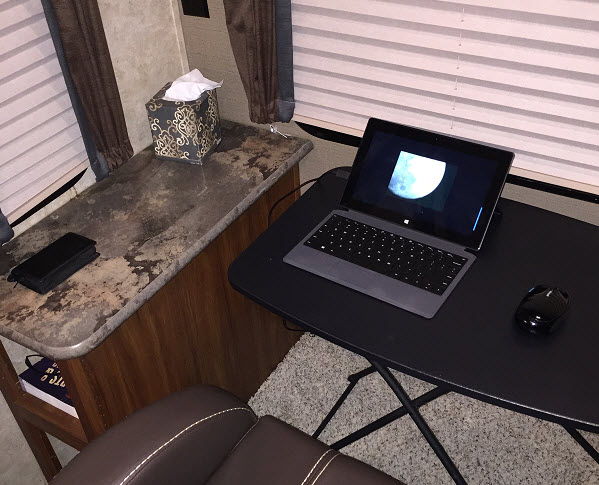
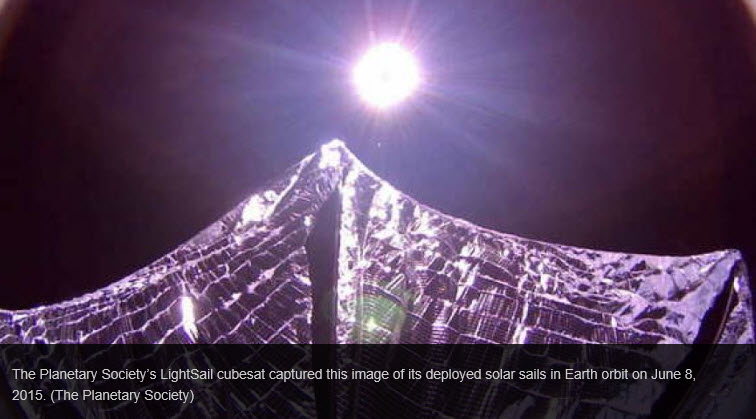
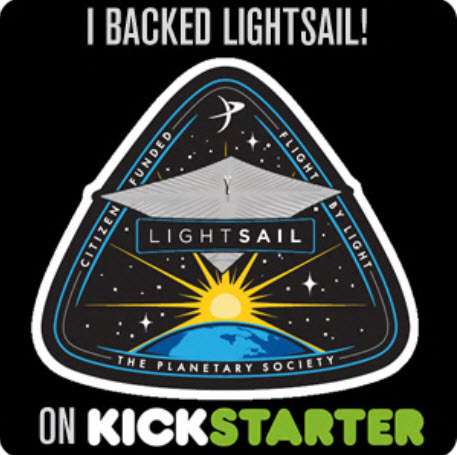
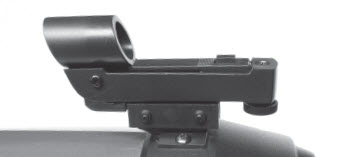
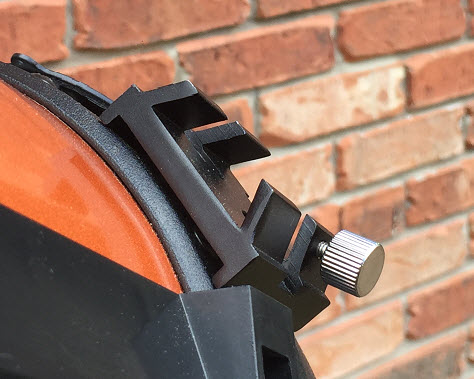
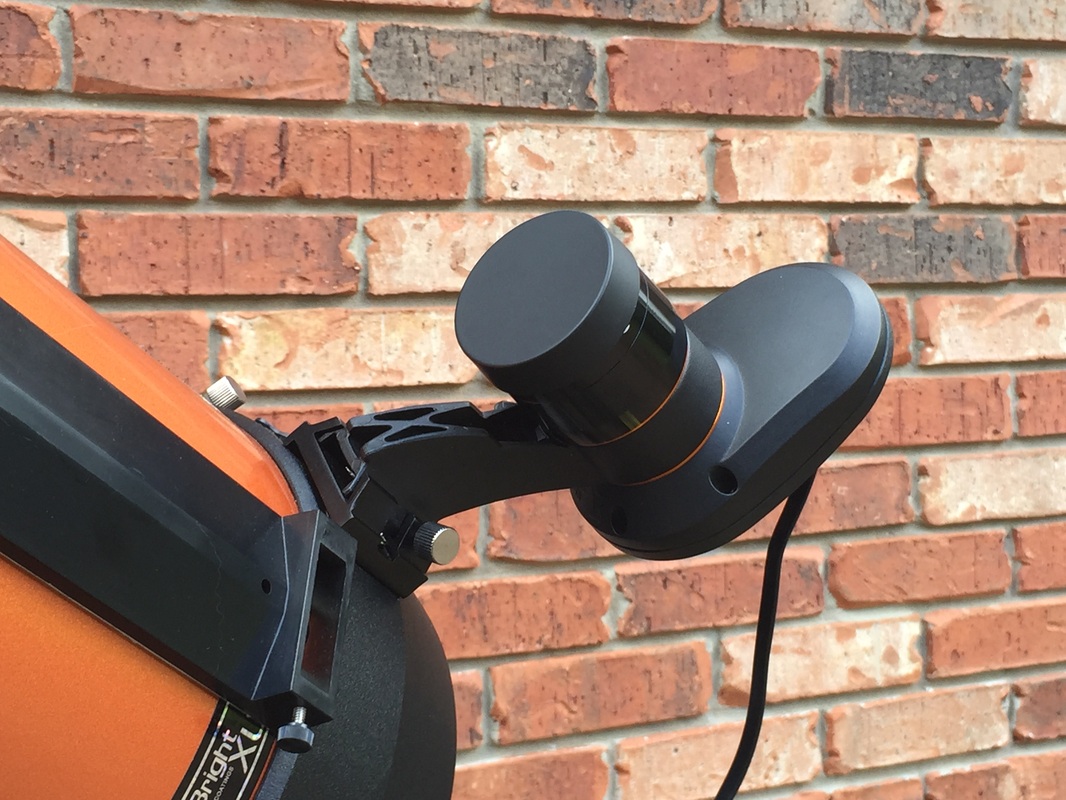
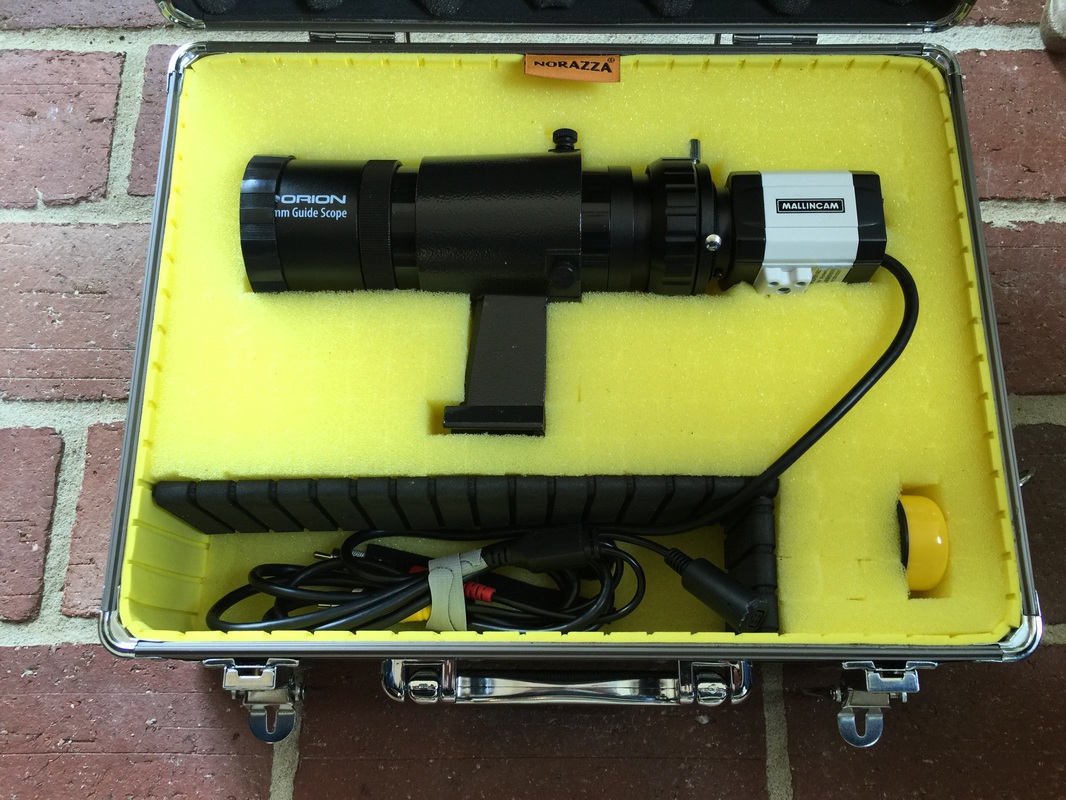
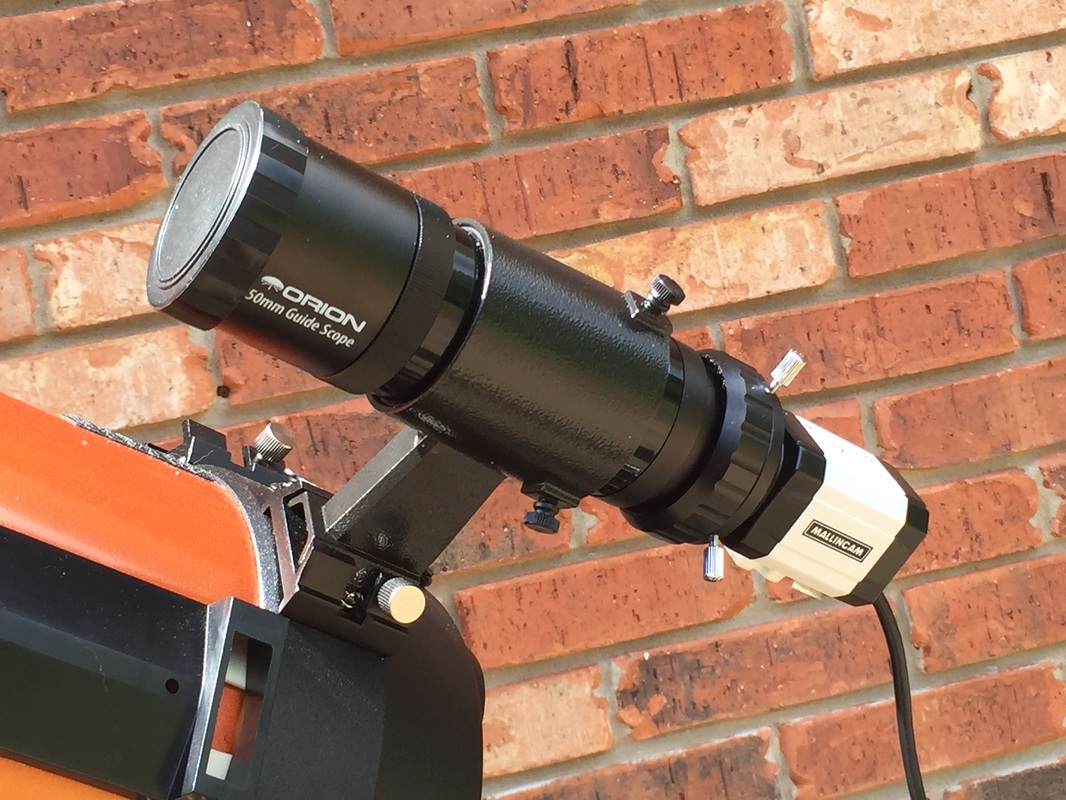

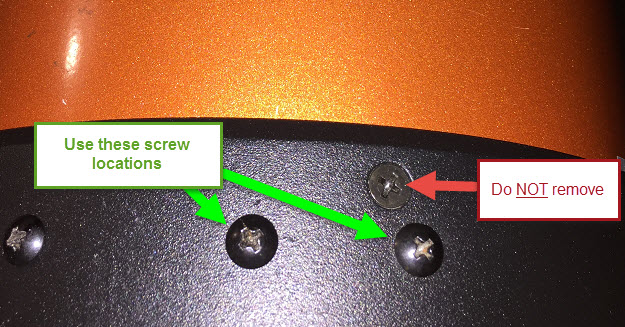
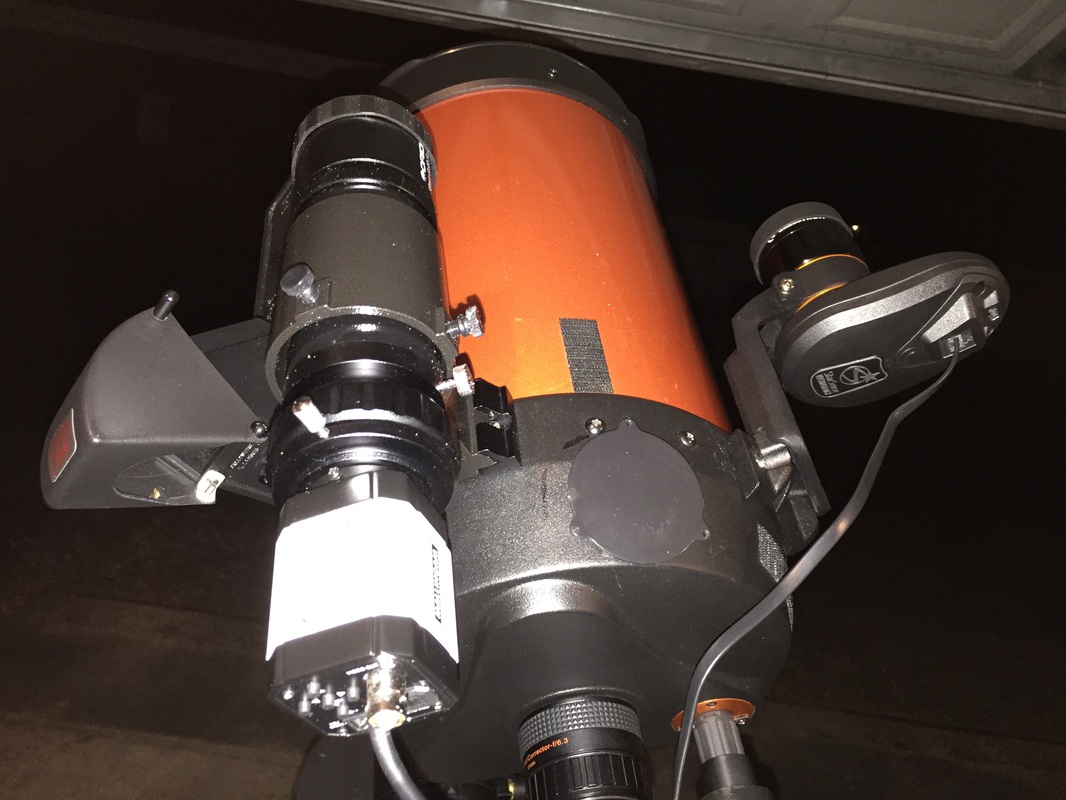
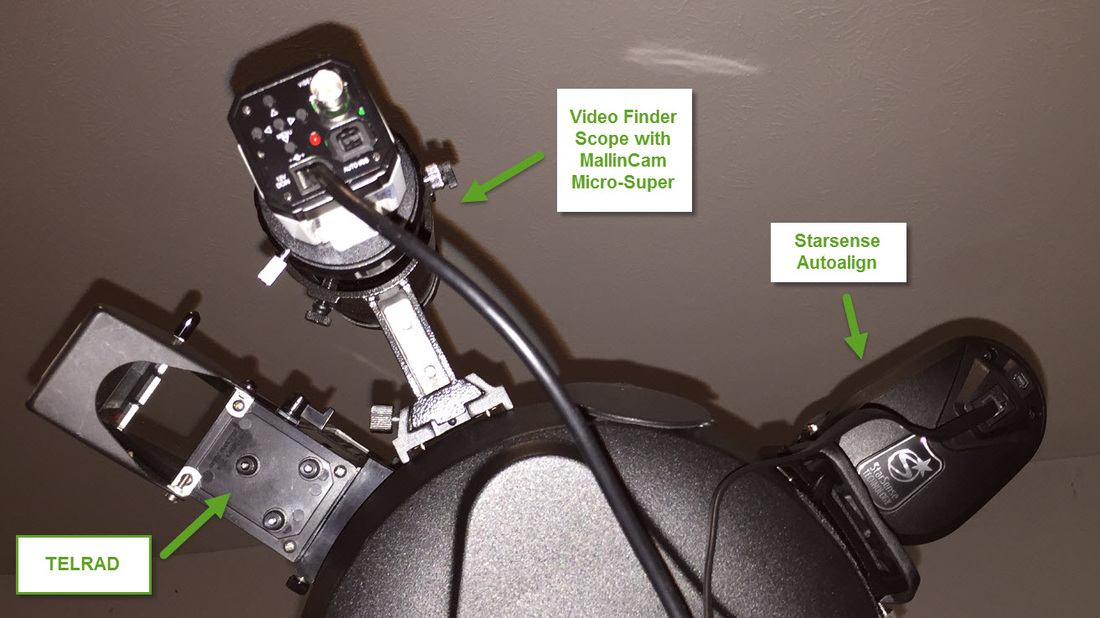
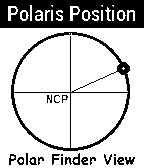

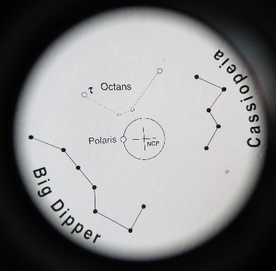
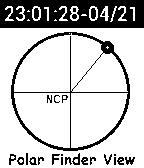







 RSS Feed
RSS Feed